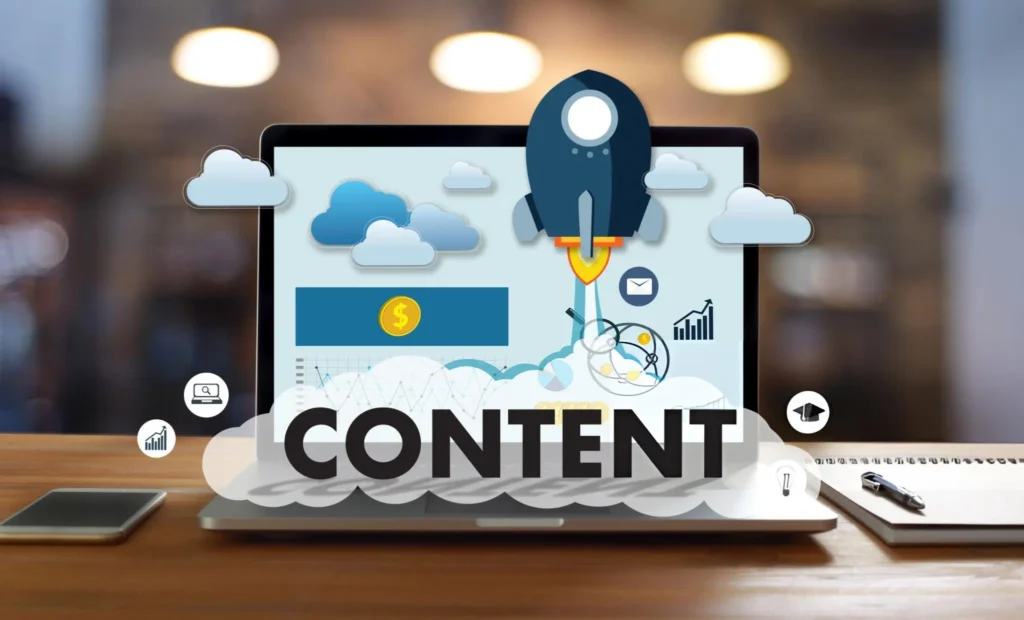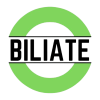In today’s fast-paced digital landscape, businesses often grapple with the question: Should we invest in ads or focus on organic content? The truth is, a balanced combination of both is the key to a cost-effective promotional strategy. Organic content builds trust and long-term engagement, while paid content provides immediate reach. But how do you find the right balance?
Let’s explore the intricacies of this topic and how both organic and paid methods can work in synergy to maximize your brand’s impact.
Key Takeaways:
- Organic content builds long-term engagement and community trust.
- Paid ads offer quick wins and targeted growth but require careful budget management.
- Use analytics to track the performance of both strategies and adjust accordingly.
- The most successful strategies involve combining organic and paid tactics for maximum impact.

1. What Is Organic Content?
Organic content refers to posts, stories, blogs, and videos that are published without any paid promotion. It’s all about authentic interaction—connecting with your audience through relevant, valuable content that they engage with naturally. This type of content is the bedrock of any sustainable digital strategy because it fosters trust and community-building.
Here’s where analytics come into play. Monitoring engagement rates (likes, comments, shares) and reach through platforms like Instagram, Twitter, or LinkedIn provides key insights into what resonates with your audience. Organic content may take longer to build momentum, but when it clicks, it results in long-term brand loyalty.
2. What Is Ad Spend?
Ad spend refers to the budget allocated towards paid advertising, including ads on platforms like Facebook, Google, or Instagram. Paid media is designed to generate immediate traffic, increase brand visibility, and push users toward a specific action, such as purchasing a product or signing up for a service.
Ad spend is highly measurable, which is where analytics shine again. Metrics like click-through rates (CTR), conversion rates, and return on ad spend (ROAS) give a clear picture of the ad’s effectiveness. Paid ads are a more direct path to growth, but they can quickly become expensive if not managed wisely.
3. Organic vs. Paid: Understanding the Difference
The key difference between organic and paid content is how the audience is reached. Organic content relies on algorithms, user engagement, and SEO to gain visibility, while paid content allows you to target specific audiences quickly.
However, each method comes with its own advantages and drawbacks:
- Organic content is free, but slow to gain traction. It relies on consistency, creativity, and community engagement.
- Paid content is fast but costs money. It allows for precise targeting and delivers quick results, but doesn’t always foster long-term relationships.
The real magic happens when you combine both strategies effectively. A well-rounded campaign leverages organic content to build trust, while paid media amplifies reach.
4. Paid Social Media Tactics
When it comes to paid social media, strategic spending is crucial. You don’t need to have an enormous budget to see results; it’s about using your ad spend wisely. Here are some paid social media tactics that deliver a good return on investment:
Targeted Ads
Platforms like Facebook and Instagram allow you to target ads based on demographics, interests, and behaviors. By using tools like Facebook Ads Manager, you can narrow down your audience to those who are most likely to engage with your brand. This improves your CTR and lowers your cost per click (CPC).
Analytics tip: Use A/B testing to see which audience segment responds best to your ads. This allows you to optimize your targeting and ad spend.
Retargeting Campaigns
Retargeting shows ads to people who have already interacted with your content but haven’t taken the desired action (e.g., made a purchase). This tactic keeps your brand top of mind and increases the likelihood of conversions.
Lookalike Audiences
By leveraging the data of your existing customers or engaged audience, you can create lookalike audiences—people who share similar characteristics. These are excellent for expanding your reach without wasting your ad spend on irrelevant users.
Promoted Posts and Stories
Platforms like Instagram and Facebook allow you to promote existing organic content to a broader audience. This tactic amplifies the reach of a post that’s already performing well organically. It’s an efficient way to extend the lifespan of your best content without breaking the bank.
5. The Synergy of Organic and Paid Methods
One of the most effective digital marketing strategies is finding the sweet spot between organic content and paid ads. When used together, these methods create a synergy that can catapult your brand’s growth.
Build Trust With Organic, Then Boost With Paid
Organic content allows you to establish a relationship with your audience by providing value. Once a piece of organic content gains traction, boosting it with paid ads can exponentially increase its reach. People are more likely to trust and engage with an ad that has already seen organic success.
Paid Ads for Quick Wins, Organic for Sustainability
Paid ads are perfect for achieving short-term goals like promoting a sale or a new product launch. Organic content, however, is a long game. By using analytics tools like Google Analytics or Instagram Insights, you can see how both strategies are contributing to your overall growth.
For example, paid ads might bring in immediate traffic, but it’s often organic content that keeps users coming back for more. This combination is key to balancing long-term and short-term growth goals.
6. Case Studies and Examples
Let’s take a look at a few real-world examples of brands that have successfully balanced organic content with paid ad strategies.
Case Study 1: Glossier
Glossier, the skincare and beauty brand, is known for its community-first approach. They prioritize organic engagement by encouraging user-generated content (UGC) on Instagram and engaging with their customers on social media. However, they also leverage paid ads during product launches or special sales to quickly amplify their message.
By combining organic UGC with paid promotions, Glossier has grown a loyal community while driving immediate conversions. Their paid ads often perform better because they follow up on the trust built through organic interactions.
Case Study 2: Gymshark
Gymshark, the athletic apparel brand, started with a focus on organic social media engagement, particularly through influencer marketing. By building a strong community and gaining organic traction, they later supplemented their growth with paid ads targeting lookalike audiences and retargeting campaigns.
Their strategic balance between organic growth and paid amplification helped them scale quickly without losing the personal touch that made them popular in the first place.

7. Conclusion
Balancing ad spend with organic content isn’t an either/or decision—it’s about combining both methods to create a cost-effective and impactful promotional strategy. Organic content nurtures relationships and builds trust, while paid ads offer immediate reach and visibility. Together, they can provide both short-term results and long-term growth.
Ready to see the synergy of organic and paid strategies work for your brand? Start by analyzing your current engagement and experiment with combining both methods. Your audience—and your ROI—will thank you!


Pingback: Content Promotion: How to Balance Organic Results with Paid Ads – Zekfile